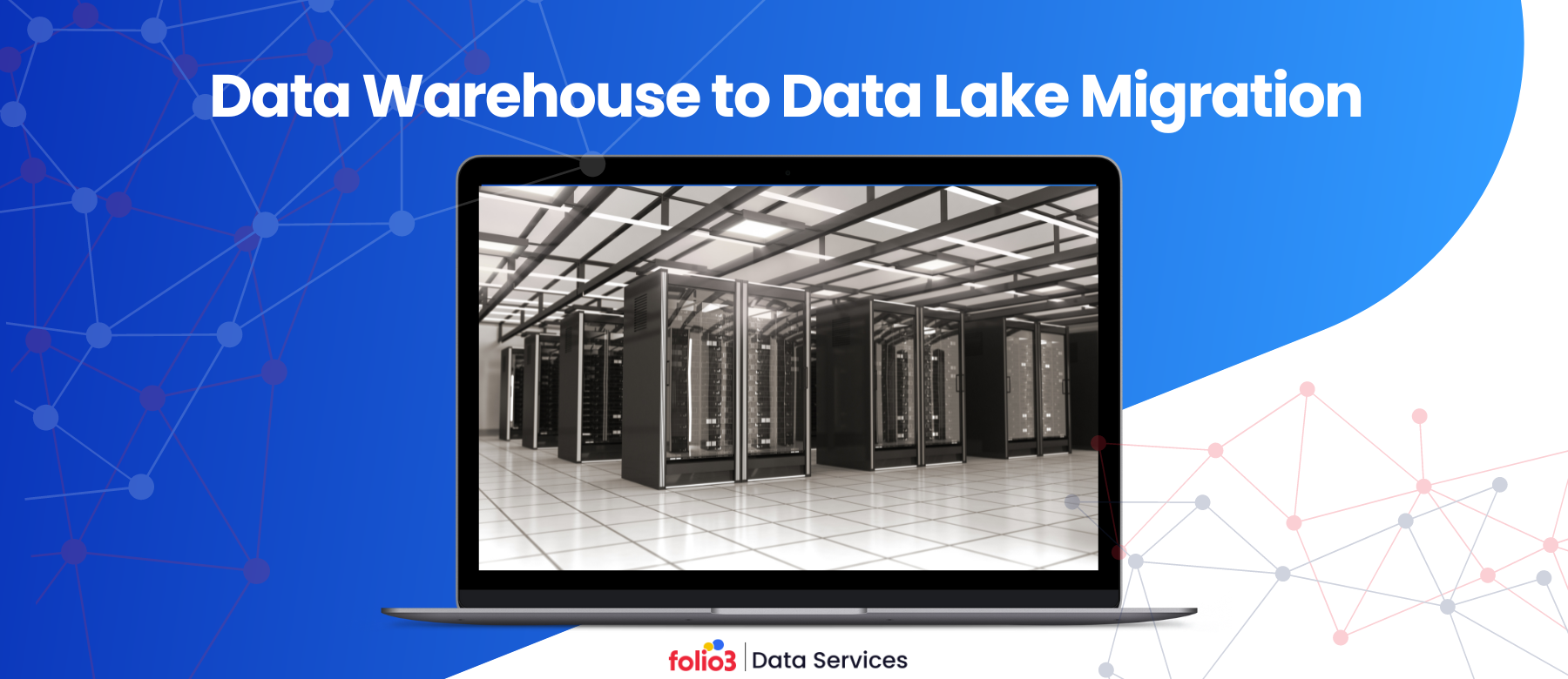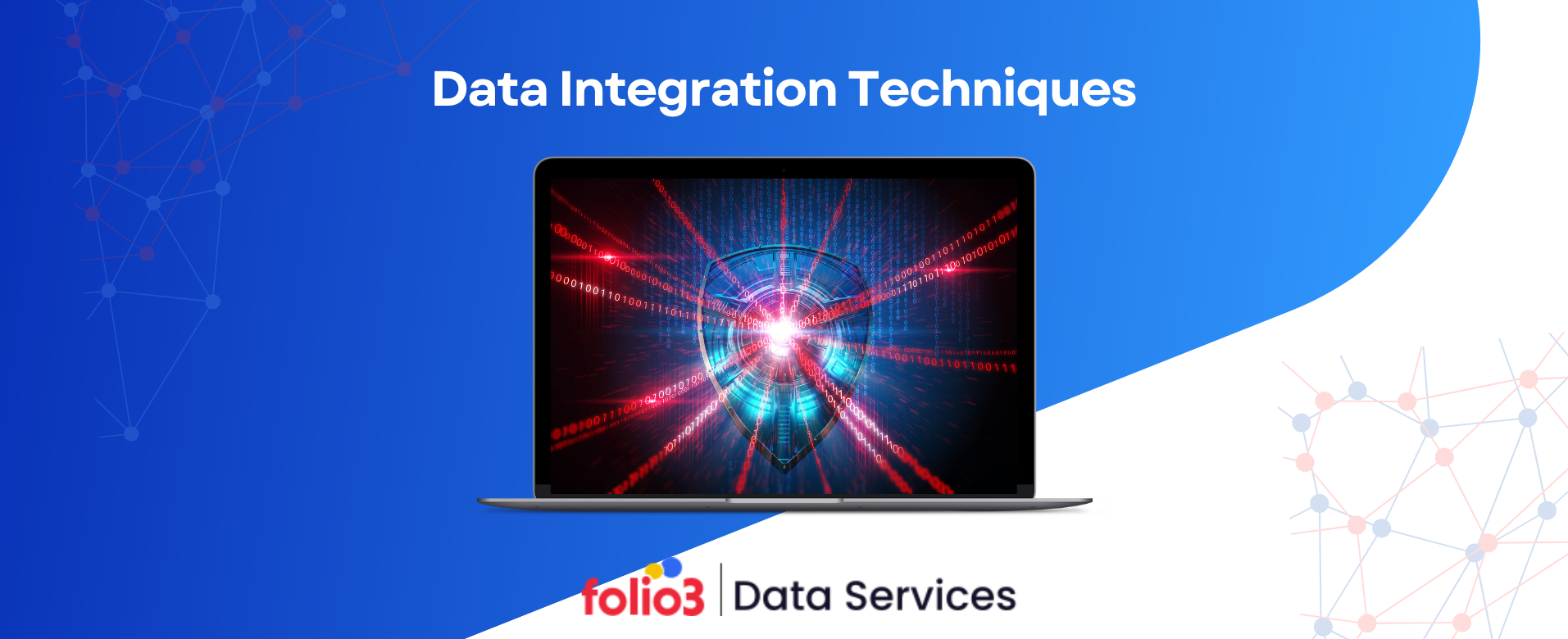The ability to store, manage, and analyze vast amounts of data efficiently has become crucial for businesses of all sizes. Snowflake, a cloud data platform, has emerged as a powerful solution to address these challenges.
Unlike traditional data warehousing systems, Snowflake is built natively for the cloud, offering a unique architecture that separates storage and compute resources. This design allows for unparalleled scalability, flexibility, and performance, making it a preferred choice for modern data management.
Snowflake’s significance in the contemporary data landscape cannot be overstated. It enables organizations to harness the full potential of their data, driving informed decision-making, improving operational efficiency, and fostering innovation.
Whether for data warehousing, data lakes, or data sharing, Snowflake features cater to a wide range of use cases, making it an indispensable tool for businesses seeking to stay competitive in the digital age. Keep reading this blog to know all about Snowflake and its features.
What is Snowflake?
Snowflake is a cloud-based data platform that has revolutionized how organizations store, manage, and analyze their data. Unlike traditional data warehouses that rely on on-premises infrastructure, Snowflake is built natively for the cloud, leveraging the scalability, flexibility, and performance advantages that cloud computing offers.
At its core, Snowflake combines the power of data warehousing, data lakes, and big data platforms into a single, cohesive solution that can handle a wide range of data workloads. Snowflake’s most distinctive feature is its architecture, which separates storage and compute resources.
This separation allows organizations to scale storage and compute independently, ensuring that resources are allocated efficiently based on specific needs. This optimizes performance and provides cost savings, as companies only pay for the resources they use.
Snowflake also stands out for its ability to handle structured, semi-structured, and unstructured data within a single platform. Whether dealing with relational data, JSON, XML, or Parquet files, Snowflake can seamlessly ingest, store, and analyze these diverse data types.
Key Features of Snowflake
Snowflake’s innovative architecture and robust feature set make it a standout among cloud data platforms. These features collectively position Snowflake as a powerful, flexible, and secure cloud data platform, ideal for modern enterprises looking to leverage their data assets for competitive advantage.
Below are the key Snowflake features that contribute to its popularity and effectiveness in modern data management.

1. Data Storage and Management
Snowflake offers a fully managed, multi-cluster shared data architecture that enables organizations to store and manage large volumes of data without complex infrastructure. Data is stored in a compressed, columnar format within the platform, optimizing storage efficiency and query performance.
Snowflake also supports semi-structured data, such as JSON, Avro, and Parquet, alongside structured data, allowing for seamless integration and analysis of diverse data types.
2. Virtual Warehouses
One of Snowflake’s features is its virtual warehouse concept, which separates compute resources from storage. Virtual warehouses are clusters of compute resources that can be independently scaled up or down based on workload demands.
This storage and compute separation ensures that data storage and computing power can be managed and optimized separately, providing Snowflake Cost Optimization for businesses. Users can spin up multiple virtual warehouses to run concurrent workloads without impacting performance, which is particularly useful in environments with varied and intensive data processing needs.
3. Query Performance and Optimization
Snowflake’s architecture is designed for high query performance. It optimizes queries using Snowflake features such as automatic clustering, result caching, and pruning.
The platform also uses micro-partitioning to divide data into smaller, manageable chunks, which helps quickly locate and retrieve relevant data during queries. Additionally, Snowflake supports materialized views and query acceleration services to enhance performance and efficiently handle complex, large-scale queries.
Snowflake consulting services can help businesses fine-tune these performance features, ensuring that queries are executed swiftly and cost-effectively.
4. Data Sharing
Snowflake’s data-sharing feature allows organizations to share live, read-only access to their data with external partners, customers, and stakeholders without the need to copy or move the data.
This feature is facilitated through Snowflake’s Secure Data Sharing capability, which maintains strict data governance and security while enabling seamless data collaboration. Organizations can share data across different Snowflake accounts and cloud providers, promoting a more collaborative and integrated data ecosystem.
5. Data Import and Export
Snowflake supports many data import and export options, making integrating with existing data pipelines easy. Data can be loaded into Snowflake from various sources, including cloud storage services like AWS S3, Google Cloud Storage, and Azure Blob Storage, as well as via bulk data transfer services such as Snowpipe.
For exporting data, Snowflake offers the ability to unload data into flat files, which can then be transferred to external systems or used for further processing. This flexibility ensures that Snowflake integrates with other platforms and tools within the enterprise ecosystem.
6. Compliance with Industry Standards
Security and compliance are top priorities for Snowflake, so it adheres to several industry standards and regulations. The platform complies with SOC 2 Type II, HIPAA, GDPR, CCPA, and other critical frameworks, ensuring that sensitive data is managed and protected following the highest standards.
Snowflake features like data encryption at rest and in transit, multi-factor authentication (MFA), and role-based access control (RBAC) to enhance security and meet compliance requirements.
7. Advanced Analytics and Integrations
Snowflake is designed to integrate seamlessly with advanced analytics tools and services. It supports integrations with popular data science platforms like Apache Spark and TensorFlow and Python libraries like Pandas and NumPy.
Snowflake also offers native connectors to business intelligence tools like Tableau, Power BI, and Looker, enabling users to perform sophisticated analytics and generate insights directly from the Snowflake environment.
The platform’s ability to handle structured and semi-structured data and its integration capabilities make it a versatile tool for data-driven decision-making.
8. Standard and Extended SQL Support
Snowflake supports standard ANSI SQL, which means users can leverage their existing SQL knowledge to work with the platform without a steep learning curve.
Additionally, Snowflake extends SQL functionality to support advanced analytics and data processing tasks, such as lateral views, window functions, and table functions. This extended SQL support enhances Snowflake’s flexibility, allowing users to perform complex data transformations and analytics directly within the platform.
9. Tools and Interfaces
Snowflake offers a range of tools and interfaces to make data management and analysis more accessible and user-friendly. The platform provides a web-based user interface for managing and querying data, command-line tools, and APIs for programmatic access.
Snowflake also supports JDBC, ODBC, and native connectors to integrate various development environments and third-party applications. These tools and interfaces ensure that users can interact with Snowflake in the way that best suits their workflows.
10. Apps and Extensibility
Snowflake’s ecosystem includes various apps and extensions that enhance the platform’s capabilities. These include third-party applications integrating with Snowflake to provide additional functionality, such as data transformation, monitoring, and governance.
Snowflake’s extensibility also allows users to build and deploy custom functions and applications within the platform, enabling tailored solutions for specific business needs. This extensibility makes Snowflake a highly adaptable platform that can grow and evolve alongside an organization’s data strategy.
11. Apps and Extensibility
Apps and Extensibility in Snowflake refer to its capability to integrate with third-party applications and support custom Snowflake extensions, enhancing its functionality and adaptability to specific business needs.
One of Snowflake’s features is its extensibility, which allows users to leverage a wide array of third-party applications for data management, analytics, and visualization.
This includes integration with popular business intelligence tools such as Tableau, Power BI, and Looker, which enables users to create insightful dashboards and reports directly from their Snowflake data.
Snowflake Use Cases / Real-Life Example
Snowflake’s cloud data platform is widely adopted across various industries. It provides tailored solutions that address specific challenges while delivering significant business value. Whether in manufacturing, healthcare, or any other sector, Snowflake’s platform enables organizations to unlock the full potential of their data.
Below are detailed examples of how Snowflake is transforming operations in the manufacturing and healthcare sectors:
Manufacturing: Pfizer
Pfizer, a global leader in biopharmaceuticals, leverages Snowflake to enhance its data-driven decision-making processes. With massive data generated across research, development, and manufacturing, Pfizer needed a scalable, efficient, and secure platform to manage and analyze this data.
When Snowflake is implemented, Pfizer could unify its data from various sources into a single, centralized platform. This consolidation allowed for real-time analytics and streamlined reporting, empowering teams to make informed decisions faster.
The ability to scale compute resources on demand also meant that Pfizer could handle large-scale data processing tasks without delays, crucial for a company at the forefront of developing life-saving treatments.
Snowflake’s robust data-sharing capabilities enabled Pfizer to collaborate securely with external partners, sharing relevant data without compromising security or compliance. This level of collaboration is vital in a field where speed and accuracy can significantly impact outcomes.
Healthcare: Orangetheory Fitness
Orangetheory Fitness, a popular health and wellness franchise, utilizes Snowflake to revolutionize its data management and analysis. With hundreds of studios worldwide and millions of members, Orangetheory generates vast data daily, from workout metrics to customer engagement insights.
Before adopting Snowflake, Orangetheory faced challenges in aggregating and analyzing this data due to its dispersed nature and the limitations of legacy systems. Snowflake provided a solution by enabling the company to consolidate data from all studios into a unified platform, facilitating a 360-degree view of customer behavior and operational performance.
With Snowflake’s scalable architecture, Orangetheory can quickly process and analyze this data, improving member experiences and more personalized services. For example, data insights can tailor workouts to individual fitness levels or optimize marketing campaigns to increase member engagement.
Additionally, Snowflake’s secure and compliant environment ensures that sensitive health data is protected, a critical requirement in the healthcare sector.
FAQs
What are the Snowflake features?
Snowflake features include scalable data storage, virtual warehouses, optimized query performance, secure data sharing, seamless data import/export, compliance with industry standards, and support for advanced analytics.
What is Snowflake famous for?
Snowflake is famous for its cloud-native architecture, which separates storage and computing, enabling scalable, cost-effective data management and analytics across multiple cloud platforms.
Is Snowflake better than AWS?
Snowflake offers superior scalability and multi-cloud flexibility, while AWS benefits organizations that are deeply integrated into its ecosystem. The better choice depends on specific business needs.
Final Words
Snowflake’s cloud-native architecture and robust Snowflake features make it an ideal platform for modern data management across various industries. Whether handling large-scale analytics, enhancing data sharing, or ensuring compliance, Snowflake provides scalable, efficient, and secure solutions.
Its versatility allows businesses of all sizes to unlock the full potential of their data, driving innovation and maintaining a competitive edge in a data-driven world. As data continues to grow, you should partner with Folio3 Data Services, as they will help you expand and meet your evolving data challenges.





